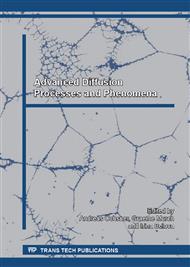p.33
p.41
p.49
p.67
p.73
p.79
p.85
p.93
p.101
Neural Network-Based Prediction of Effective Heat Storage Coefficient of Building Materials
Abstract:
In the present paper, we have employed the application of artificial neural networks (ANN) to predict effective heat storage coefficient (HSC) of building materials. First we prepared a database to train and test the models developed here. Two types of architectures from different networks are developed, one with three inputs and the other with four inputs mixed architecture combining an ANN with a theoretical model developed by us previously. These ANN models are built, trained and tested by the feed forward back propagation algorithm, to obtain the effective properties of building materials from the properties of their constituents. Feed forward back propagation neural network structure has been developed, which includes an input layer, a hidden layer and an output layer. The number of neurons in the input layer is equal to the number of input parameters and the number of neurons in the output layer is equal to the output parameters. A good agreement has been found between the predicted values using ANN and the experimental results reported in the literature.
Info:
Periodical:
Pages:
73-78
Citation:
Online since:
June 2014
Authors:
Price:
Сopyright:
© 2014 Trans Tech Publications Ltd. All Rights Reserved
Share:
Citation:


